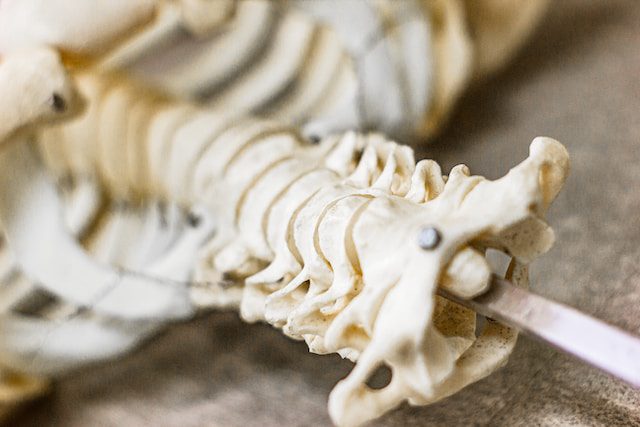Back pain, leg discomfort, and other incapacitating symptoms can result from lumbar disc herniation, an extremely prevalent disorder. Thankfully, developments in healthcare technology have resulted in the creation of minimally invasive treatments for this ailment. These cutting-edge methods provide several advantages, including fewer incisions, less tissue damage, quicker recovery times, and lower rates of complications. Five minimally invasive methods for treating herniation of the lumbar disc will be covered in this article.
Microdiscectomy
Lumbar disc herniation is treated with a less invasive surgical procedure called a microdiscectomy. A little section of a herniated disc pushing the spinal nerve must be removed to relieve pain and other symptoms. A tiny incision, usually just over one centimeter long, is created during the surgery, and the bulging disc material is accessed and removed using specialist tools and an electron microscope or endoscope.
To access the damaged location, the surgeon gently cuts through muscle and tissues, causing as little damage as possible to the other structures. Compared to conventional open surgery, microdiscectomy has a quicker recovery period and a lower risk of complications, enabling patients to resume their regular activities sooner.
Percutaneous Discectomy
Another less invasive method for treating herniation of the lumbar disc is percutaneous discectomy. A small incision removes the disc with herniated material during this surgery using sophisticated equipment and imaging assistance. The surgeon uses a needle to reach the disc; it is directed to the disc using fluoroscopy or X-ray imaging after being introduced through the skin.
The surgeon can release the strain on the nerve by removing or dissolving the herniated disc debris through this tiny access hole. Compared to conventional open surgery, percutaneous discectomy can effectively relieve pain, causing less tissue damage and requiring a shorter recovery time. The treatment usually goes faster, necessitates less time in the hospital, and enables patients to return to their normal routines sooner.
Endoscopic Discectomy
A tiny tube with an imaging device and light source called an endoscope is used in the minimally invasive endoscopic discectomy to see and treat the herniated disc. Small incisions—typically less than an inch long—are made before the endoscope is introduced to offer a good view of the afflicted area. The surgeon can properly find a herniated disc and carry out the required procedures thanks to the camera. The herniated material of the disc is then removed using specialized equipment, such as lasers or mechanical tools, which decompresses the nerve and lessens discomfort. Smaller incisions, less tissue stress, less time in the hospital, and a quicker return to regular activities are just a few benefits of endoscopic discectomy. This technique is less invasive, resulting in fewer marks and a faster recovery.
Nucleoplasty
A minimally invasive procedure called nucleoplasm uses radiofrequency radiation to cure lumbar disc herniation. During this treatment, a unique wand-like instrument is introduced into the disc space through a tiny incision that is generally less than an inch long. A little part of the disc is ablated and removed by the device using radiofrequency radiation, which relieves pressure on the nerves and symptoms.
The operation tries to reduce the herniation’s size and make room within the disc, aiding healing and lessening discomfort. Nucleoplasty is a fast treatment that can significantly reduce discomfort and aid with disc repair. It is done as an outpatient procedure, enabling patients to go home the following day, and it often takes less time to recover than traditional open surgery.
Laser Discectomy
Lumbar disc herniation is treated with laser light using a minimally invasive technique. During the treatment, a laser fiber is placed into the disc region through a tiny incision, typically just over one centimeter long. The herniated disc material is then utilized to evaporate or shrink, decompressing the spinal nerve and lessening discomfort. Local anesthetic is frequently used during laser discectomy so that the patient can stay awake.
Due to the lack of significant tissue damage and huge incisions, this procedure presents a less invasive option to open surgery. It is crucial to remember that not all lumbar disc herniation patients are good prospects for laser discectomy. Choosing to have this surgery should be founded on a comprehensive assessment performed by a trained spine expert.
Conclusion
Minimally invasive procedures have transformed how lumbar disc herniation is treated, giving patients safe substitutes for open surgery, among the cutting-edge methods that offer targeted treatment, smaller incisions, less tissue damage, quicker recovery, and improved patient outcomes. Consult a spine expert if you suffer the signs and symptoms of a herniated lumbar disc to learn which minimally invasive procedure is best for you.
